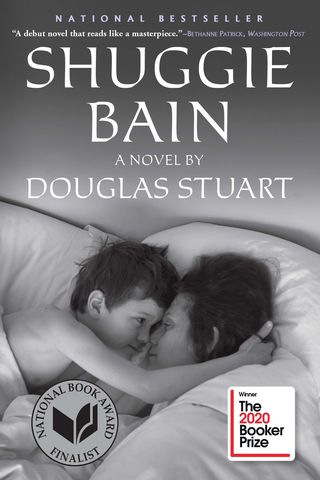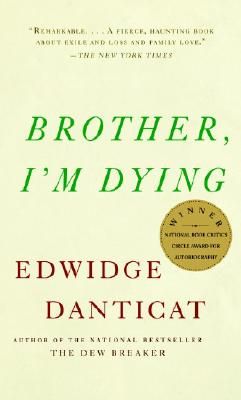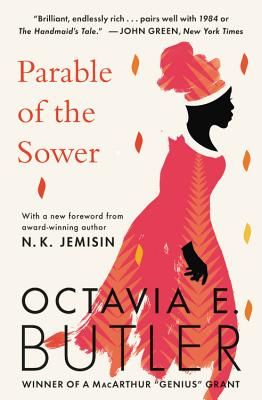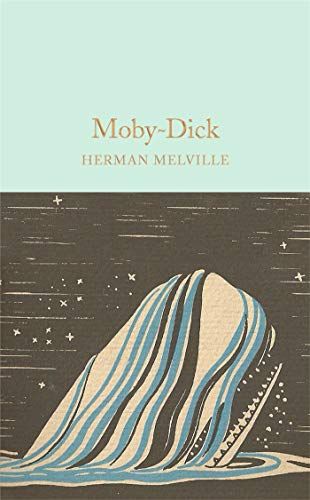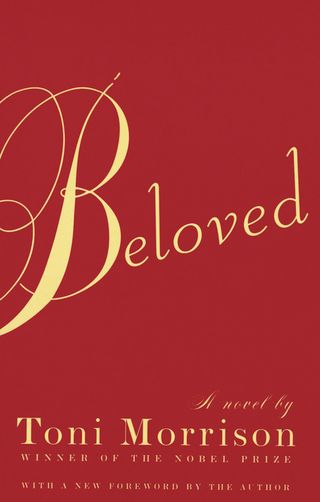Welcome to Shelf Life, ELLE.com’s books column, in which authors share their most memorable reads. Whether you’re on the hunt for a book to console you, move you profoundly,
or make you laugh, consider a recommendation from the writers in our series, who, like you (since you’re here), love books. Perhaps one of their favorite titles will become one of yours, too.
Birmingham-born Imani Perry returns home in her seventh book, South to America (Ecco), out today, which posits that to understand the region below the Mason-Dixon line is to understand the country. (One title considered was A Mirrored Pool of Brilliance from the Margaret Walker poem “I Want to Write.” The new book’s playlist.)
Perry is the Hughes-Rogers Professor of African American Studies at Princeton University (she also taught law at Rutgers), co-director of The Black Teacher Archives at Harvard (where she earned a law degree and a doctorate) and a contributing writer at The Atlantic behind its Unsettled Territory newsletter.
The Cambridge, MA-raised, Philadelphia-based mother of two, whose grandmother didn’t graduate from high school and sent 12 children to college, demonstrated with her social activist parents as a child; writes every day (she says she has hypergraphia); started as a math major before double majoring in literature and American Studies at Yale; is our fifth Shelf Lifer who was a Jeopardy!clue; does 100 burpees daily; had a necklace made of her first book’s ISBN; and started reading ELLE at 15.
Likes: Gypsyroot remedies; the sound of rain; honey buns and Faygo Red Pop; W.E.B. DuBois peonies; Esquivel and Atelier Inscrire shoes; Easter; crocheting; trivia; and moongazing. Here are her constants.
The book that:
…helped me through a breakup:
Toni Morrison is always good heartbreak reading. She refuses all sentimentalism and tells the unvarnished truth about the dangers in love of all sorts. Especially Song of Solomon.
…kept me up way too late:
When I read Douglas Stuart’s Shuggie Bain, everything else stopped for a few days. I was completely immersed in the life of a precious vulnerable working-class kid coming of age in Thatcher-Era Scotland.
…made me weep uncontrollably:
Edwidge Danticat’s Brother I'm Dying. It tells the story of her father’s life and death, alongside the social and political history of Haiti, and her family’s immigration. It was released in 2007, near the beginning of a long season of grief for me that I couldn’t disentangle from my own coming of age in the dawn of the Civil Rights movement. She’s so masterful at capturing deep feeling with an economy of words. I just cry and cry every time I open it, and they are good healing tears.
…I recommend over and over again:
Octavia E. Butler’s Parable of the Sower and Fledgling. Both novels are eerily prescient when it comes to our contemporary crises around violence, vulnerability, and community.
...shaped my worldview:
The World of Gwendolyn Brooks. Brooks was a celebrated Modernist poet who was transformed and politicized in the Black Power Era. And she chronicled Chicago’s South Side. I am so taken by how meticulous she was with visual imagery and emotion. I learned from reading her that the most important quality to cultivate if you want to effect good in the world is attentiveness to the details of human circumstances in all their complexity, and to the impact of our words and deeds.
…I swear I'll finish one day:
Wilkie Collins 1859 mystery novel The Woman in White. I started it when I was a teenager and it had an interesting, somewhat feminist message about law and divorce, but I was way too much of a scaredy cat to read about a spectral presence moving around rooms at night.
...I read in one sitting, it was that good:
I’ve read a lot of books in one sitting because I’m a book nerd. But most recently my friend Tarana Burke’s memoir Unbound. It is really something to know someone well and then experience that person’s life as a beautiful piece of art. It might be the best part of having writer friends.
…currently sits on my nightstand:
Wole Soyinka’s Chronicles from the Land of the Happiest People on Earth. It is the latest novel from the Nobel Prize-winning Nigerian author and intellectual. Simply put, what he writes, I read.
…I’d pass on to my kids:
I’ve already given my sons James Baldwin’s The Fire Next Time. It’s such a perfect piece for understanding what we pass on through this harrowing history of American racism, and how we keep our souls intact.
…I’d gift to a new graduate:
I think every young person should read Chinua Achebe’s Things Fall Apart. It is the most potent and concise story about modernity and empire.
…made me laugh out loud:
Zora Neale Hurston’s Mules and Men. It’s folklore, a record of her anthropological travels through the South, but Hurston was as witty as she was brilliant. Anybody who can write about a toe competition and have you hollering laughing is a master of craft.
…I’d like turned into a Netflix show:
Bernardine Evaristo’s Girl. Woman, Other, a multiracial, multigenerational U.K. feminist coming of age epic. Like Gloria Naylor’s The Women of Brewster Place, which was turned into a made-for-television miniseries, it is perfectly suited to becoming a film or series.
…I first bought:
There were a lot of books around when I was growing up, but I distinctly remember asking for Dr. Seuss’s Hop on Pop.
...has the best title:
Sonia Sanchez’s Homegirls and Handgrenades. It tells you how much love and freedom matter to her poetry in three alliterative words.
...has the best opening line:
There are so many amazing opening lines but I still love “Call me Ishmael” from Herman Melville’s Moby Dick and “124 was spiteful” from Toni Morrison’s Beloved.
...has the greatest ending:
Toni Morrison’s Beloved. It ends with two messages: Self regard is essential and you must never let love destroy you. We tend to be so romantic about heartbreak, Morrison reminds you to hold yourself tight, that’s an act of love as well.
…should be on every college syllabus:
Even though it preceded the internet and social media, I still think John Berger’s 1972 Ways of Seeing. There’s a lot of truth about media, image, markets, and representation that still holds true. And it is a great conversation starter. And conversation is the most important part of college. Take this quote for example: “Glamour cannot exist without personal social envy being a common and widespread emotion. The industrial society which has moved towards democracy and then stopped half way is the ideal society for generating such an emotion.” I mean, is there a more concise and powerful way to talk about social media?
...I brought on a momentous trip:
Before spending a summer teaching in Kyoto, I read Min Jin Lee’s Pachinko, a vast novel about multiple generations of a Korean-Japanese family. I always read literature relevant to places where I’m traveling, but this was one of the best choices I ever made not only because it is an incredible work of art, but also because it revealed so much that wasn’t visible to me as a visitor, about history and social relations. And I asked much better questions as a result.
...I’ve re-read the most:
W.E.B. DuBois 1903 The Souls of Black Folk. I’ll be reading that book as long as I have breath inside my body. It is literature, music, economics, sociology, history, and political science all at once. Absolutely genius.
...I consider literary comfort food:
Federico Garcia Lorca’s The House of Bernarda Alba. It’s a domestic play, Lorca wrote it during the Spanish Civil War. And it is deceptively simple, but it reveals a lot about how patriarchy is present even in a room only filled with women.
...makes me feel seen:
Ntozake Shange’s Sassafrass Cypress and Indigo. Three sisters, all seekers, creative, curious, and unafraid of their feelings.
...features the most beautiful jacket:
The exhibition catalog from the Alexander McQueen: Savage Beautyexhibition at the Metropolitan Museum of Art in 2011. It’s like a kind of iridescent hologram of his face, which shows the bones. It’s gorgeous, and the exhibition was such a gorgeous homage to the late designer.
...I could only have discovered at…:
I bought Albion Tourgée’s 1879 novel, A Fool’s Errand, at Avenue Victor Hugo Books that used to be on Newbury Street in Boston. It’s about Reconstruction-Era North Carolina and that find became the basis for my doctoral dissertation. Tourgée was also an attorney and in 1896 he argued against legal segregation before the Supreme Court in Plessy v. Ferguson (and lost).
...fills me with hope:
Lorraine Hansberry’s A Raisin In the Sun. It reminds me of how important small acts of dignity and grace are even in the roughest moments. Hansberry had a huge library in her head but what came out was so elegant, intimate, and profound.
...surprised me:
George Saunders Lincoln in the Bardo. There are historic figures (Abraham Lincoln and his son) in it and there’s the spectral presence of ghosts, but they’re not the kind I anticipated because they don’t know more than everyday people and they’re kind of bumbling in this intermediate space that is sort of like purgatory. It’s just a great way of moving between fiction, speculation, and symbolism, and also the absurdities of human beings.
...I’d want signed by the author:
Albert Murray’s South to a Very Old Place. He’s like my literary uncle in my head, and the primary inspiration for South to America. Funny, clever, ironic, illuminating, and so brilliant. I’m so regretful that I never tried to meet him when he was living.
...I asked for one Christmas as a kid:
My mom said I could have books any time so I asked for dolls at Christmas.
...that holds the recipe to a favorite dish:
I was raised to cook by feel instead of using recipes, standing alongside my grandmother in her kitchen. But I learned the math behind baking cakes from Irma Rombauer’s Joy of Cooking. Plus, Julia Child said she learned to cook from that book, so it had an additional allure. Child used to grocery shop at the Star Market in Porter Square in Cambridge in the 80s and there was something very exciting about seeing the lady from TV in the local produce section.
Bonus question: If I could live in any library or bookstore in the world, it would be:
The Schomburg Center for Research in Black Culture, which is a branch of the New York Public Library located in Harlem. It is sort of like my second home already anyway. Whenever I’m hungry to discover something new, that’s a good place to start.





